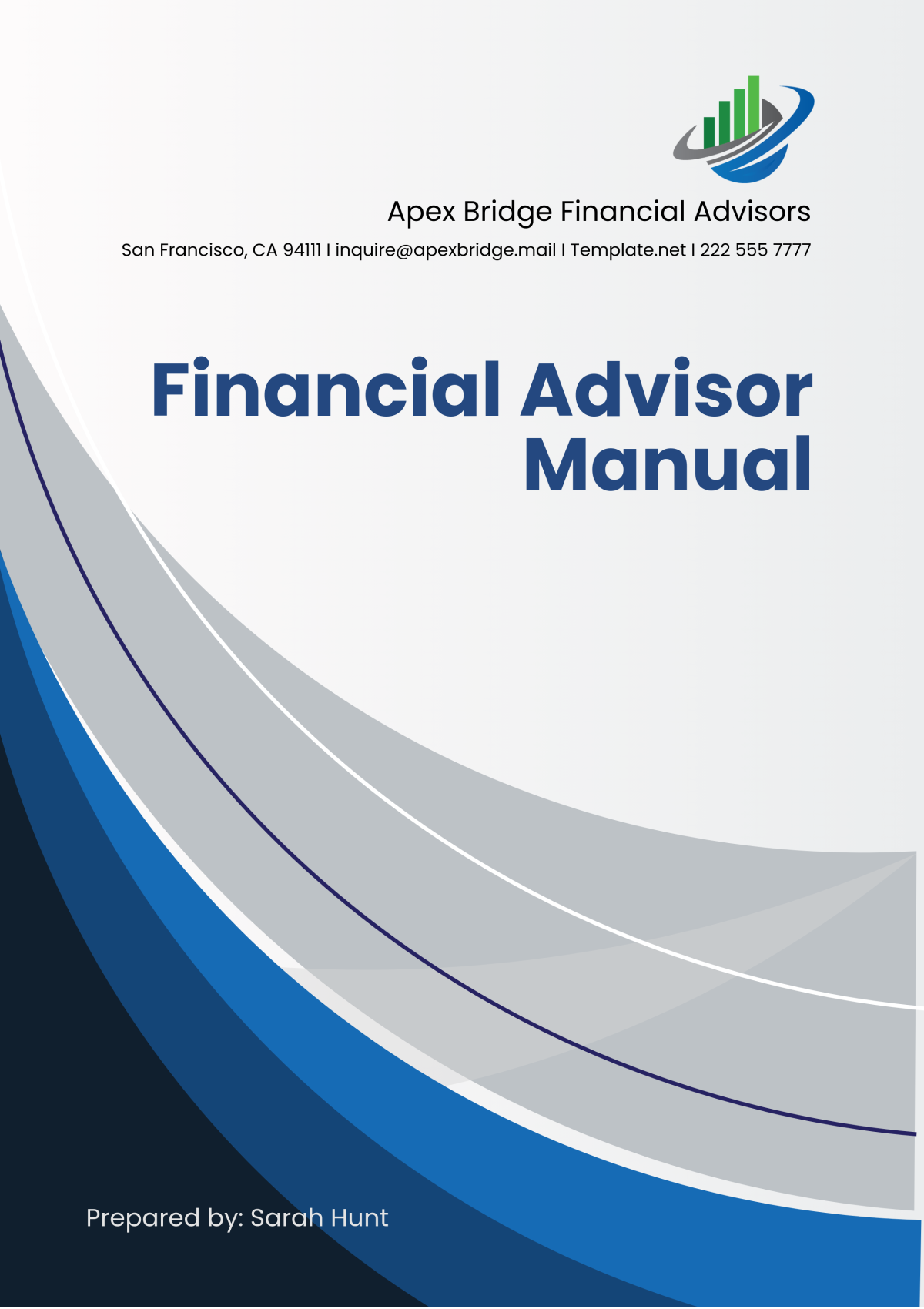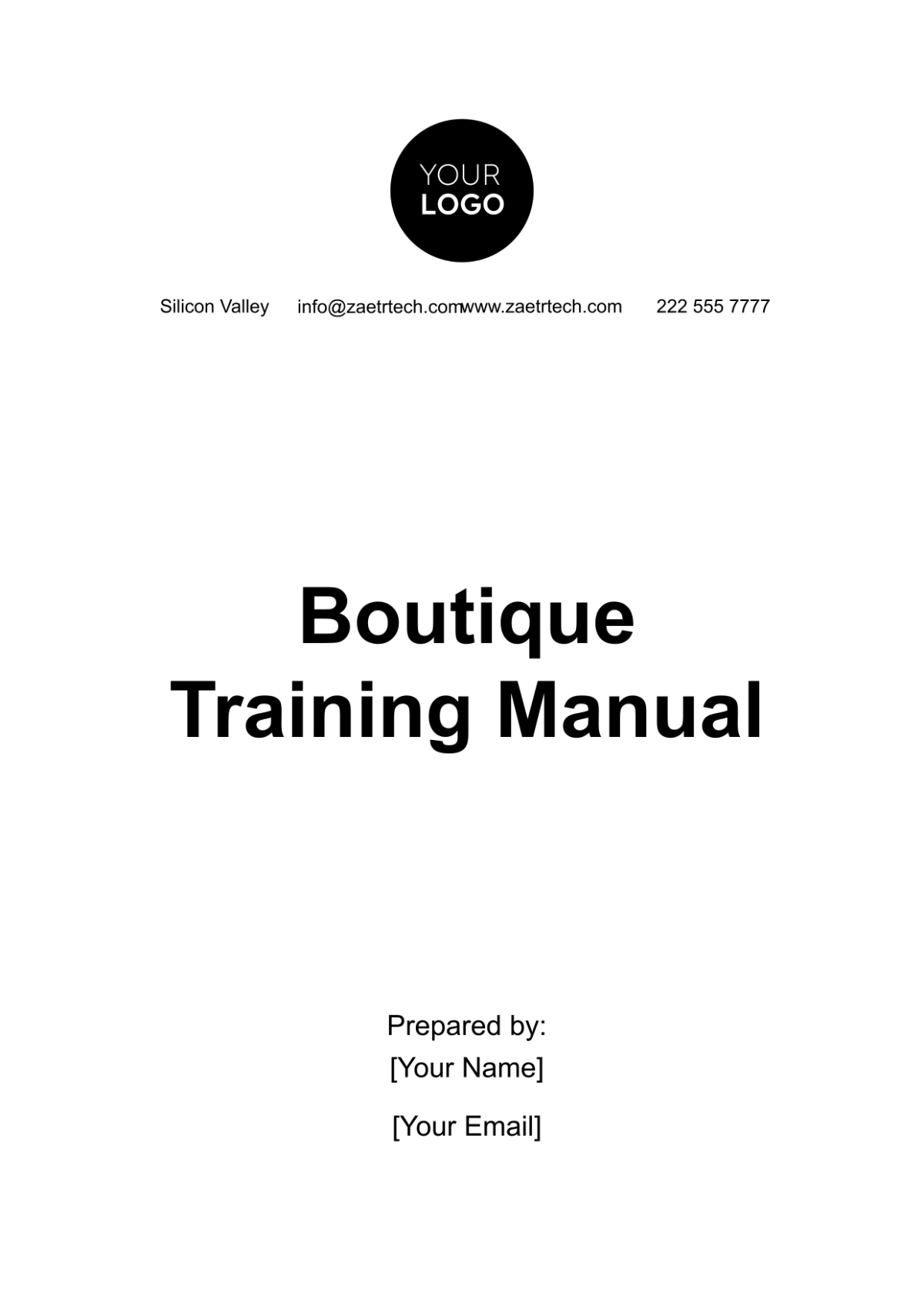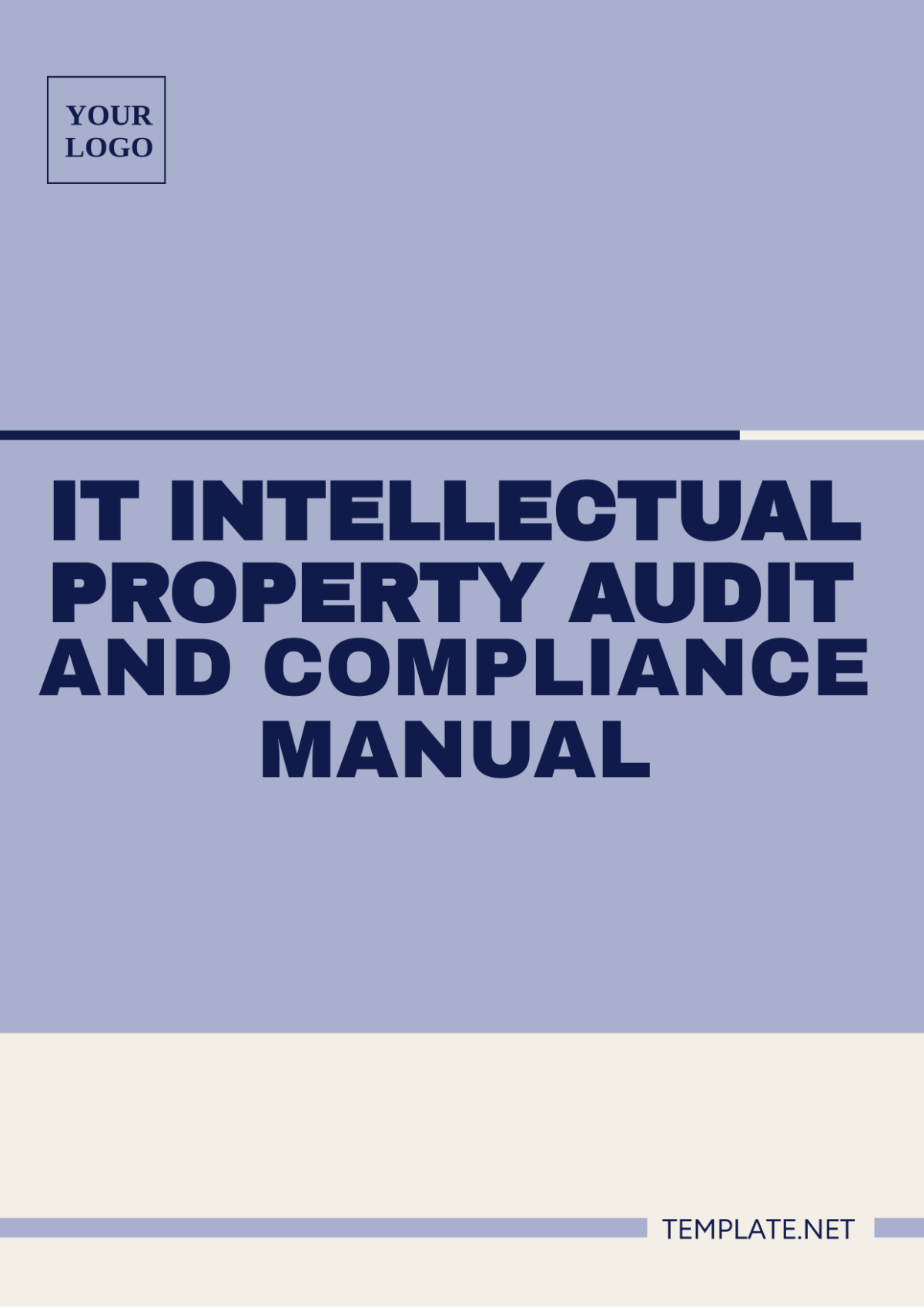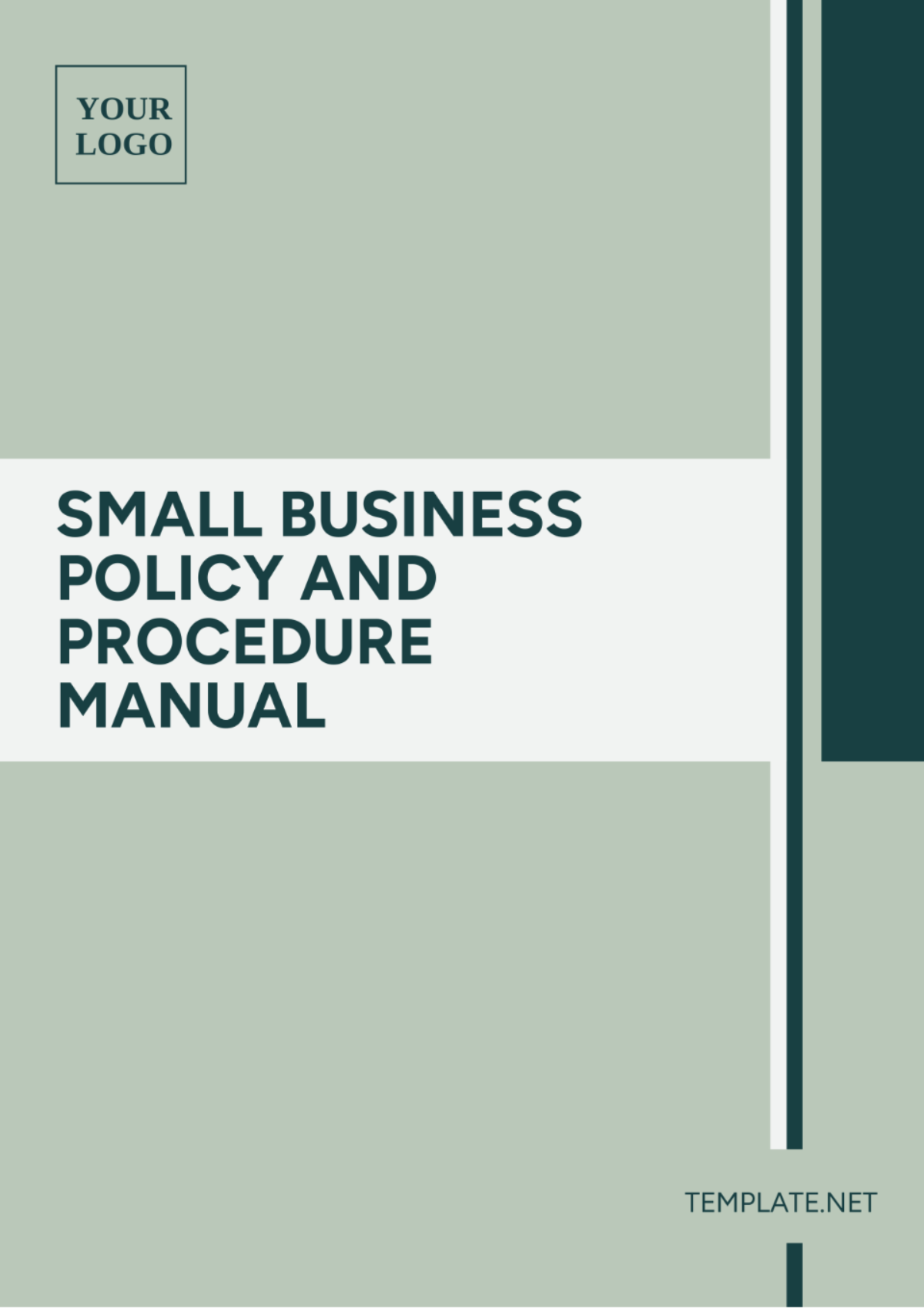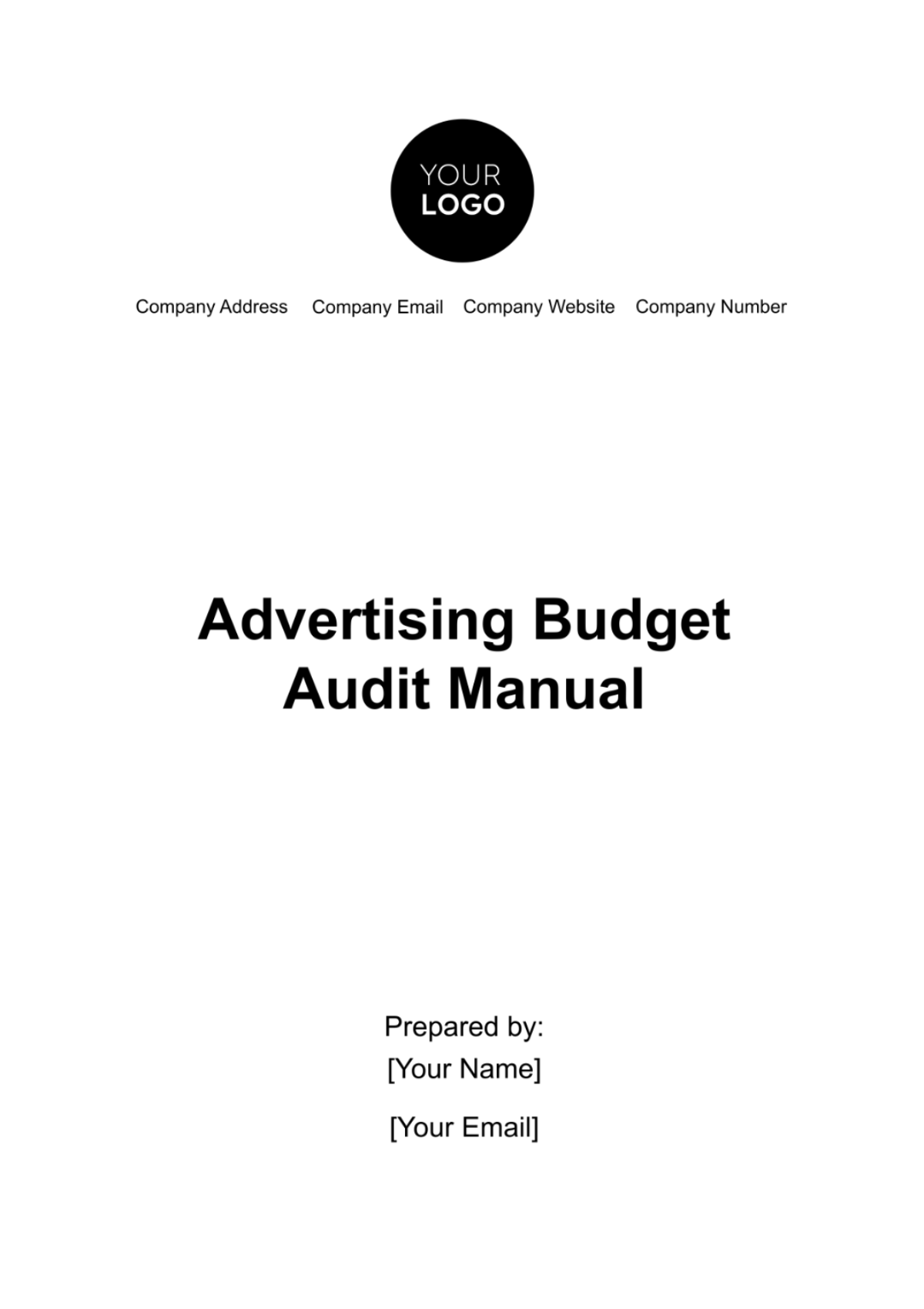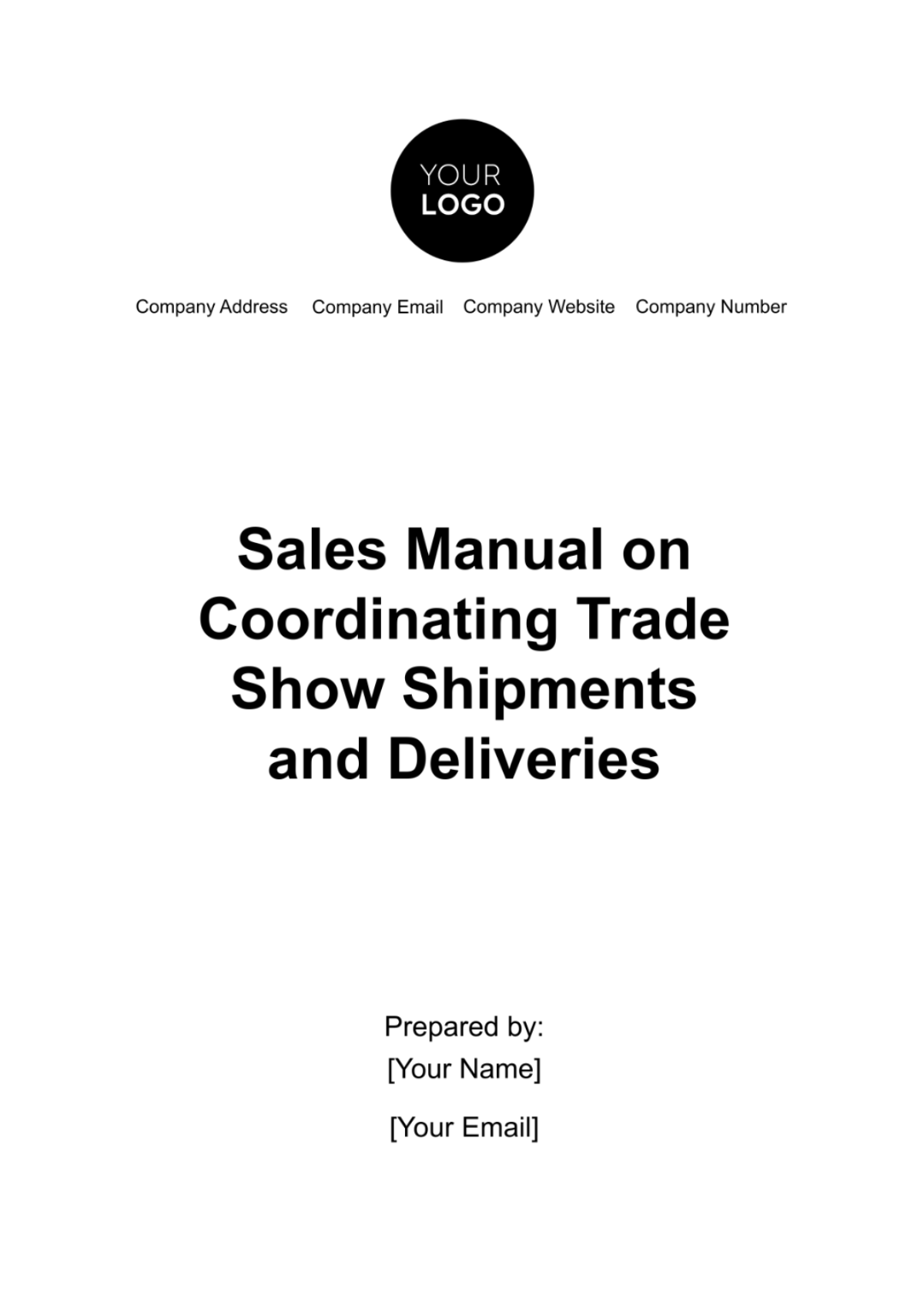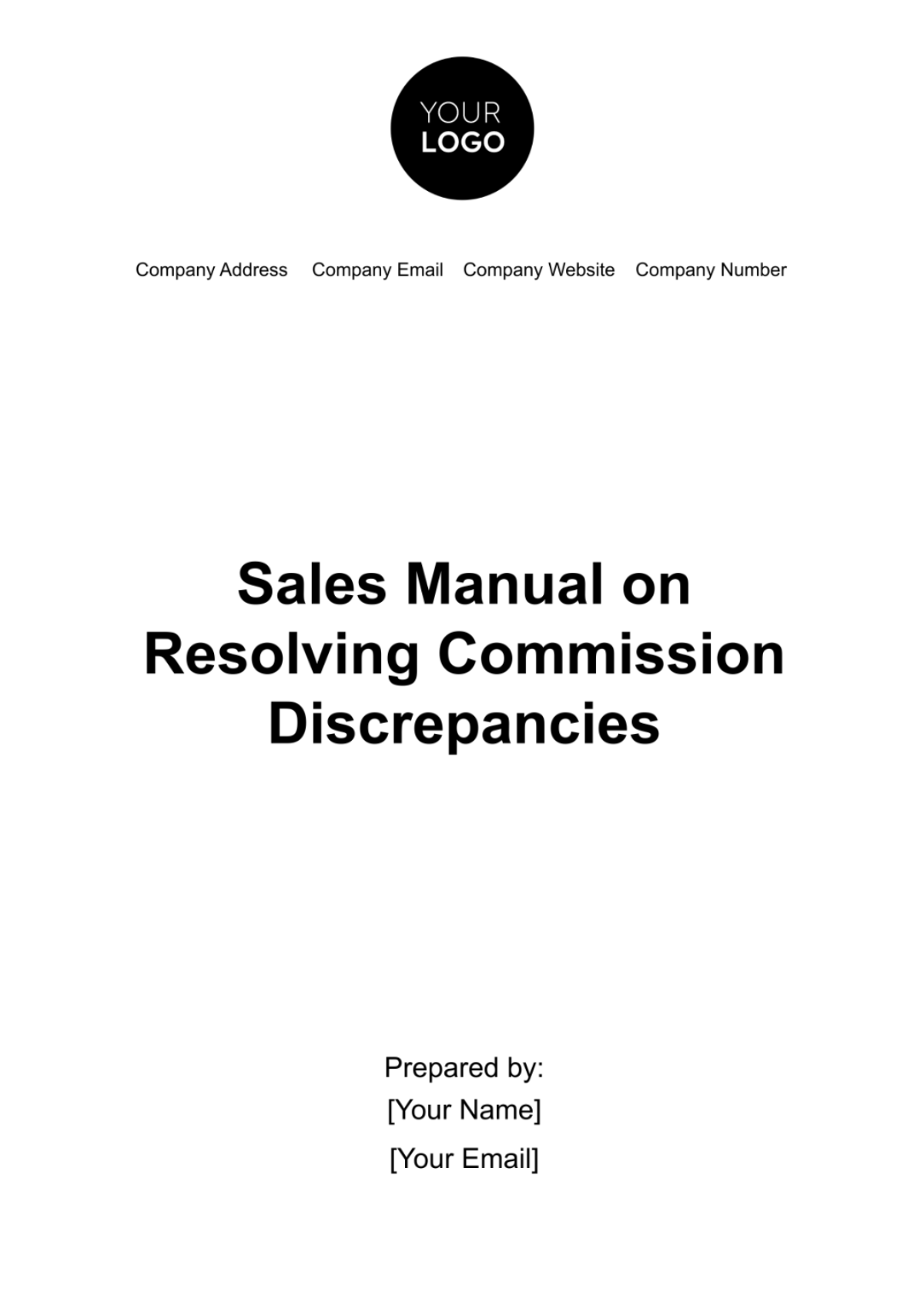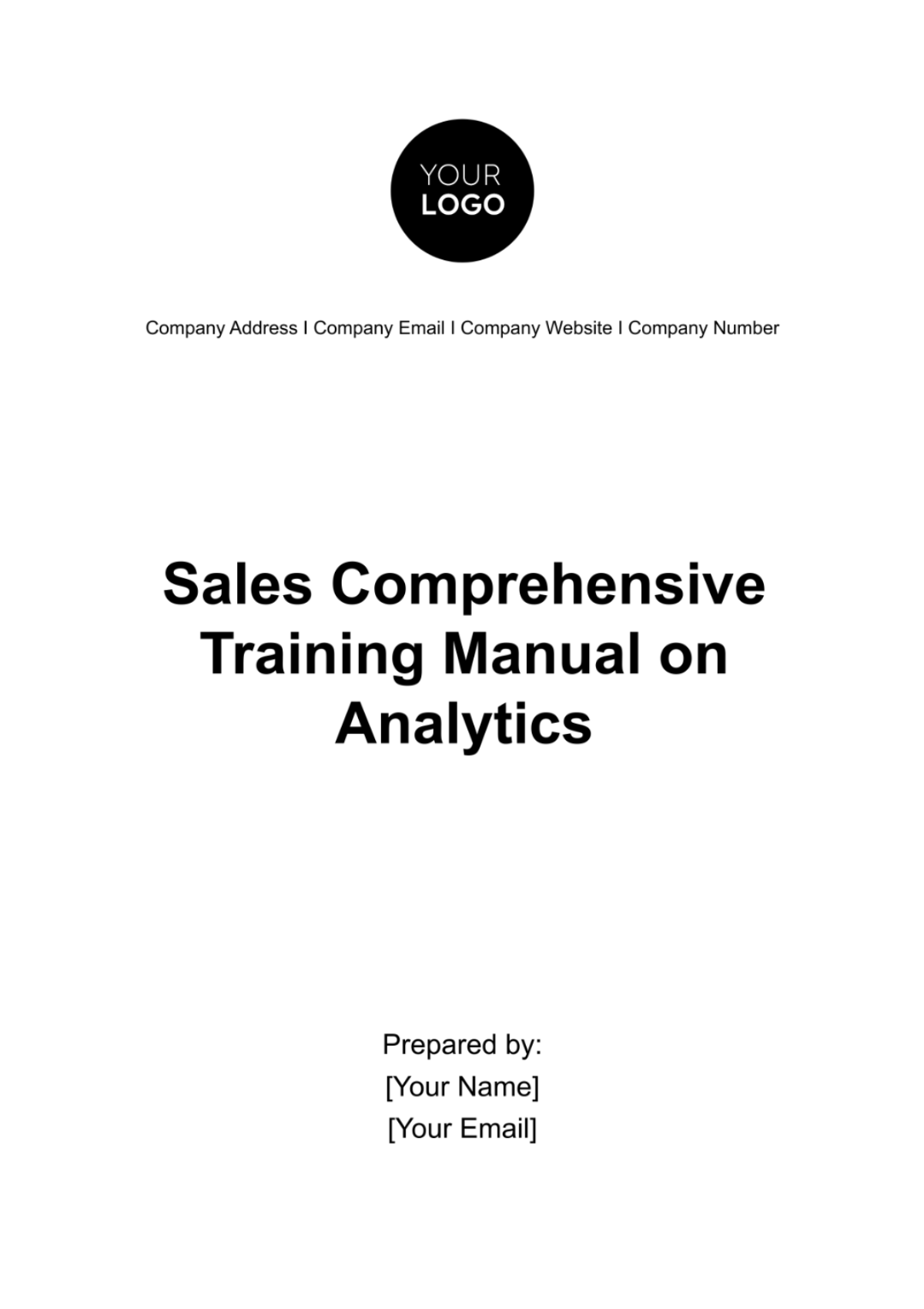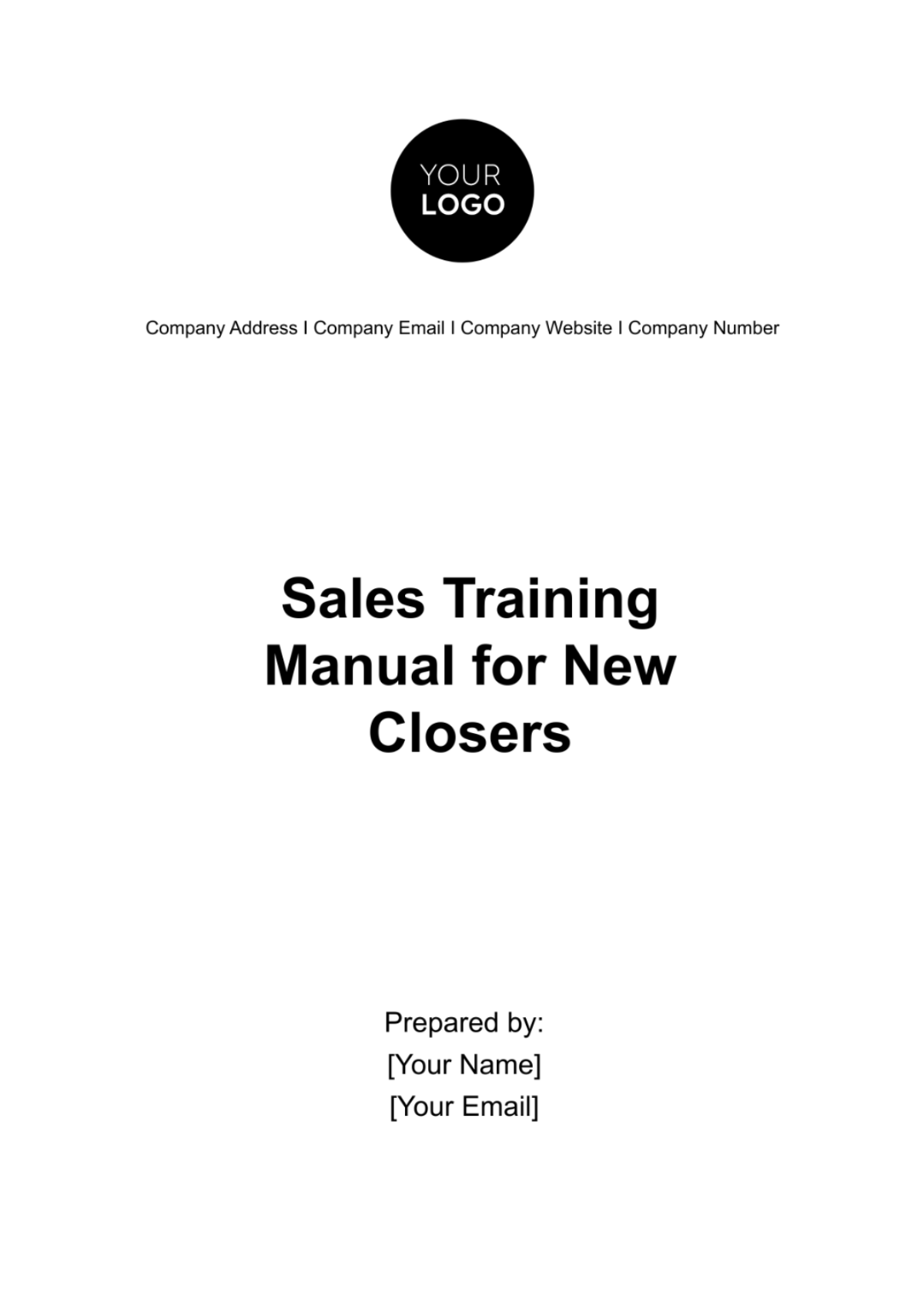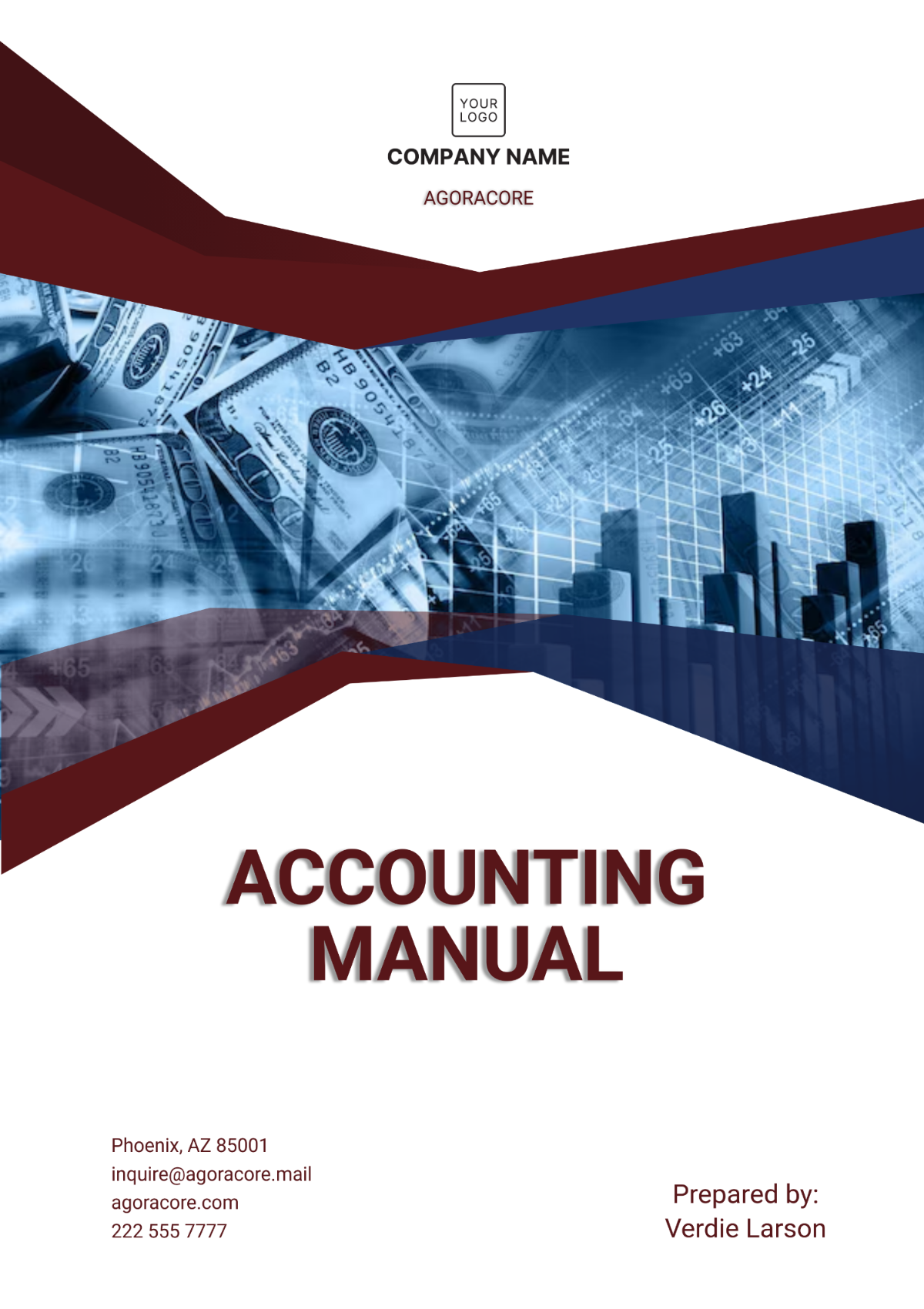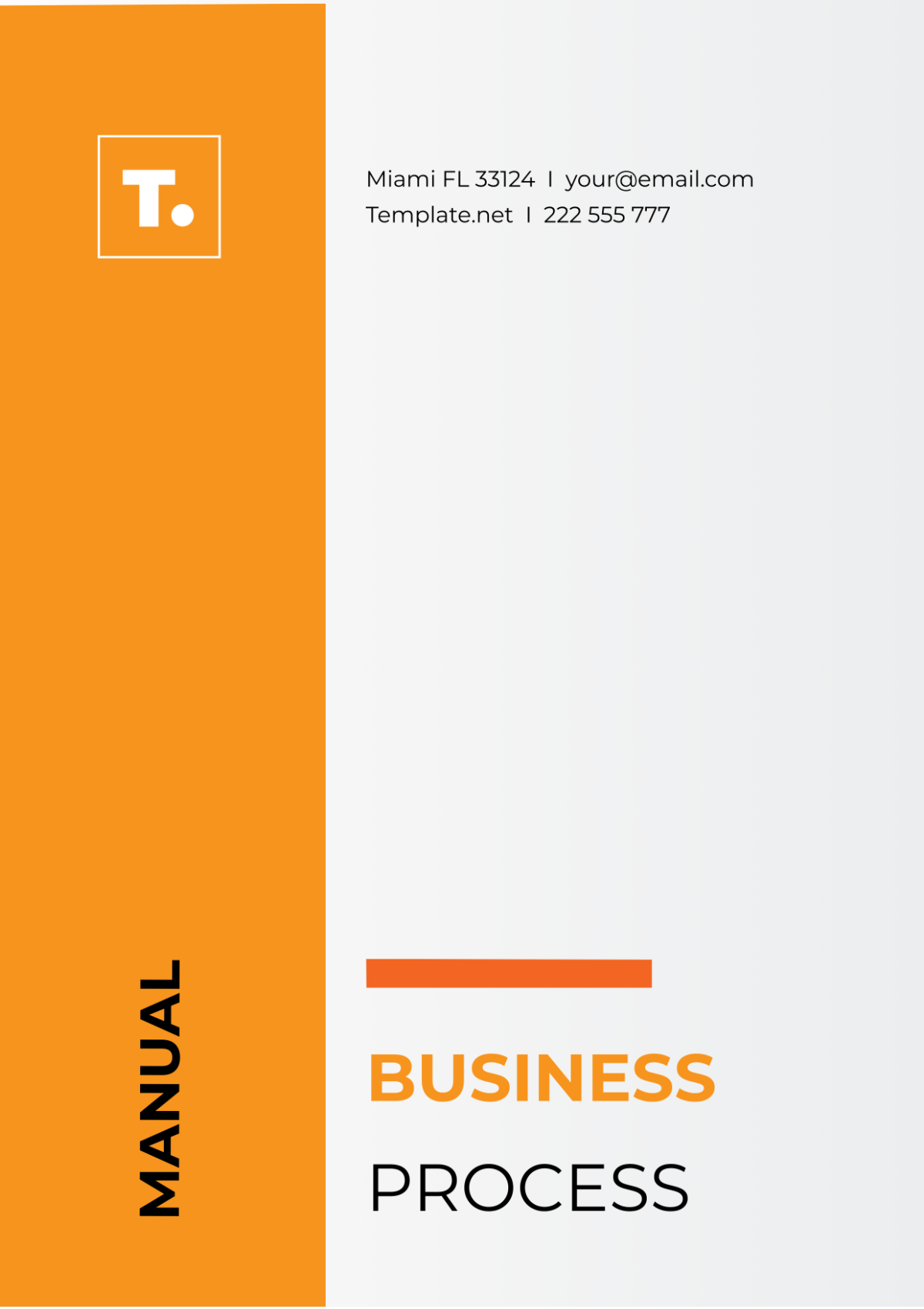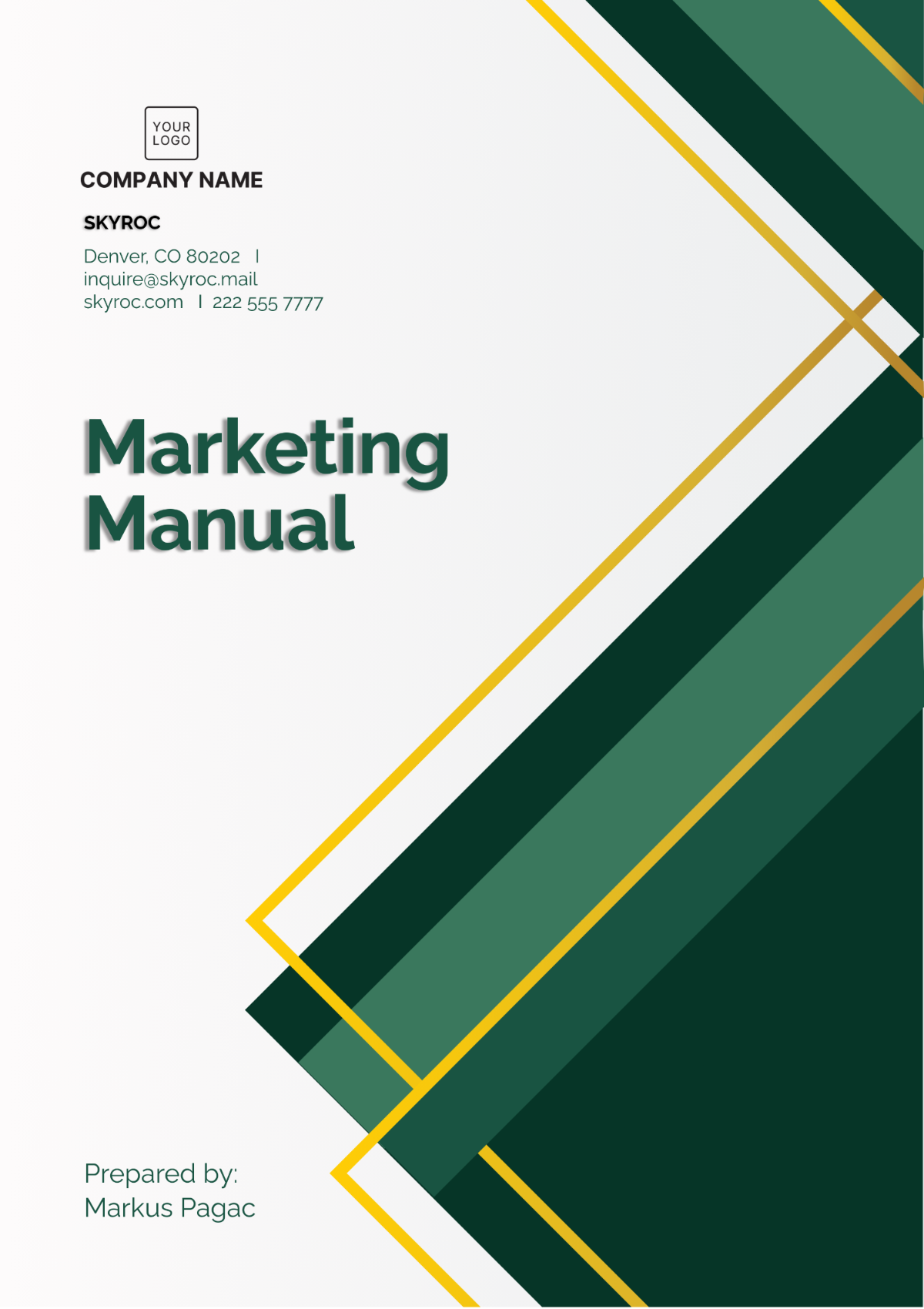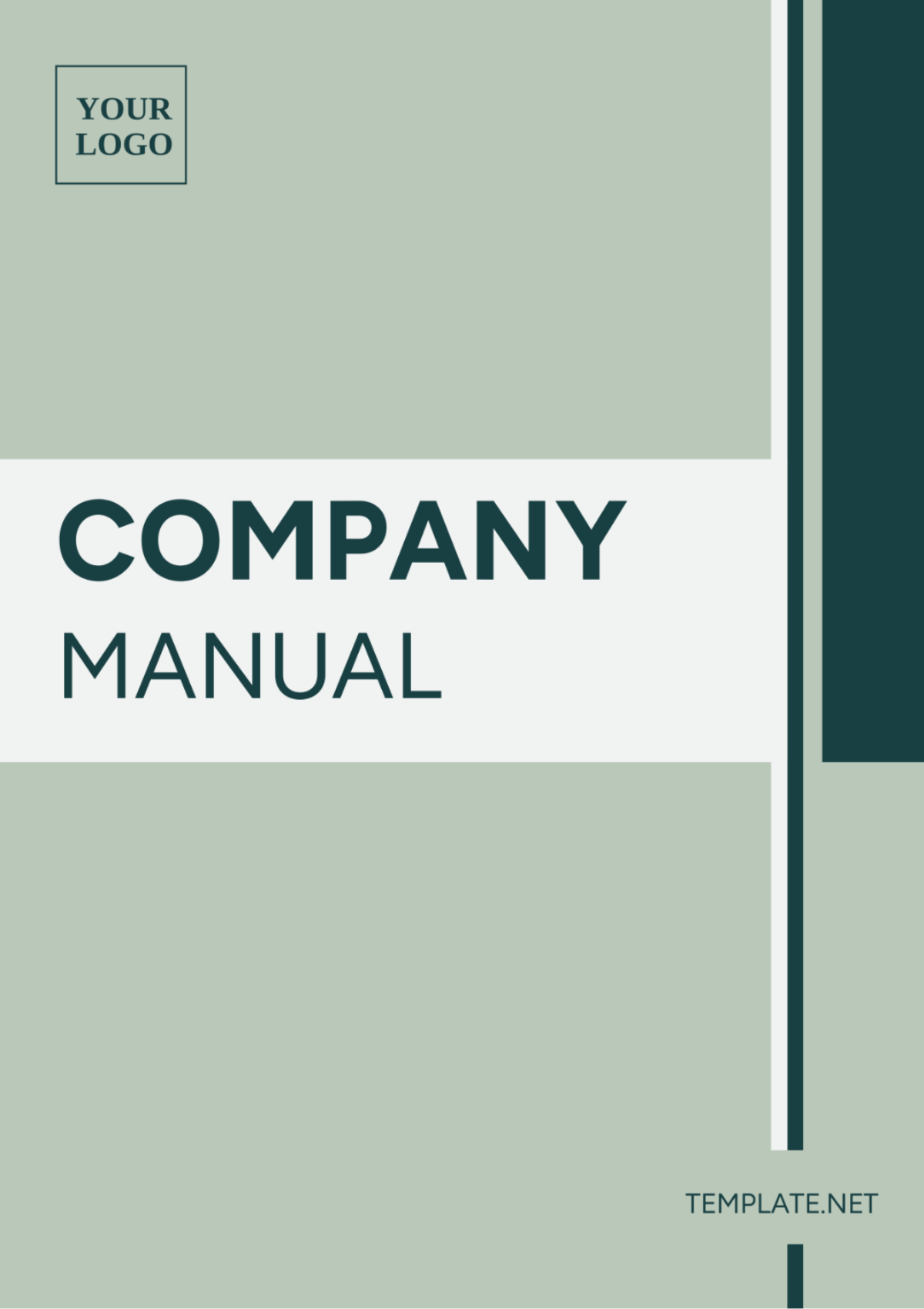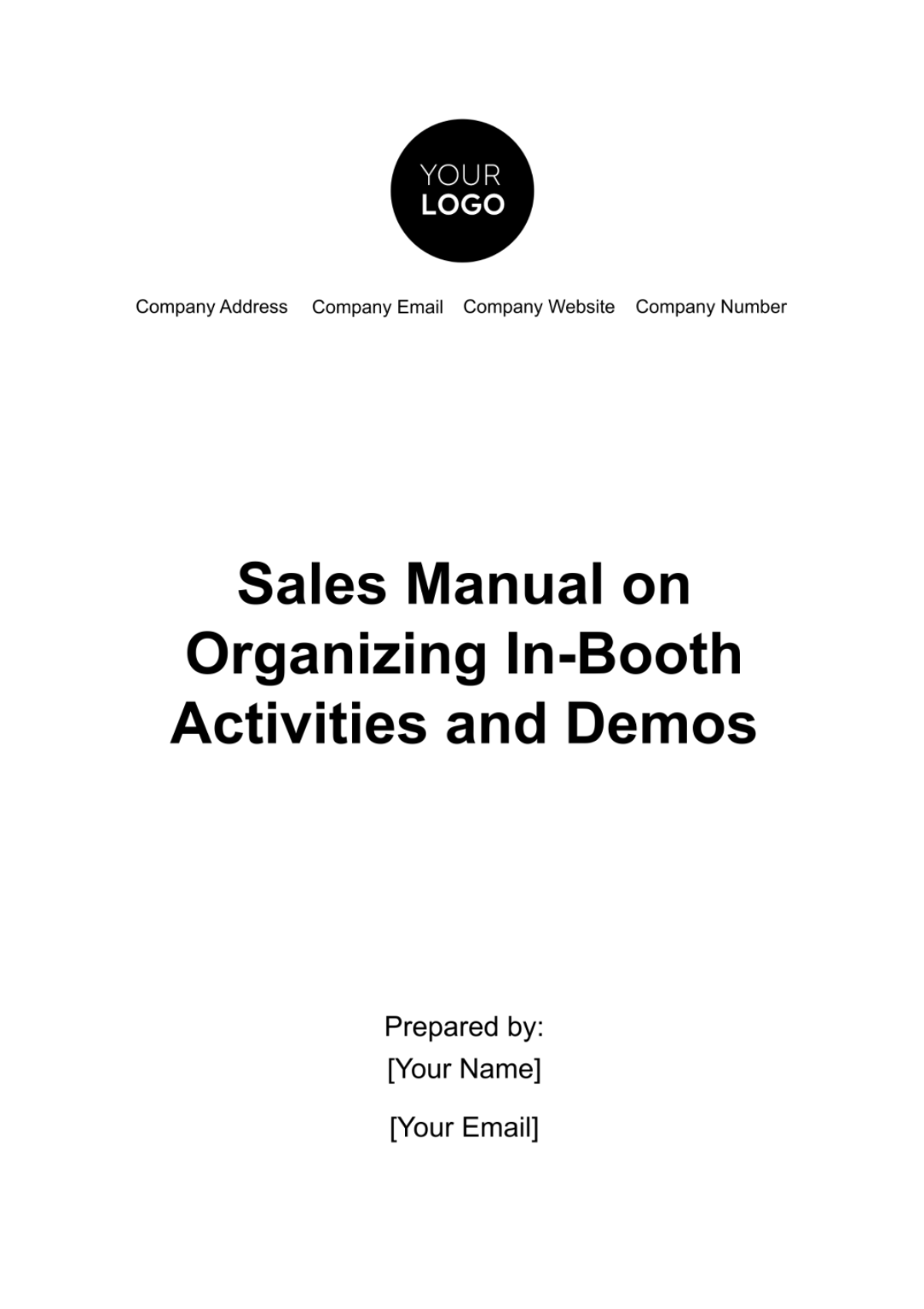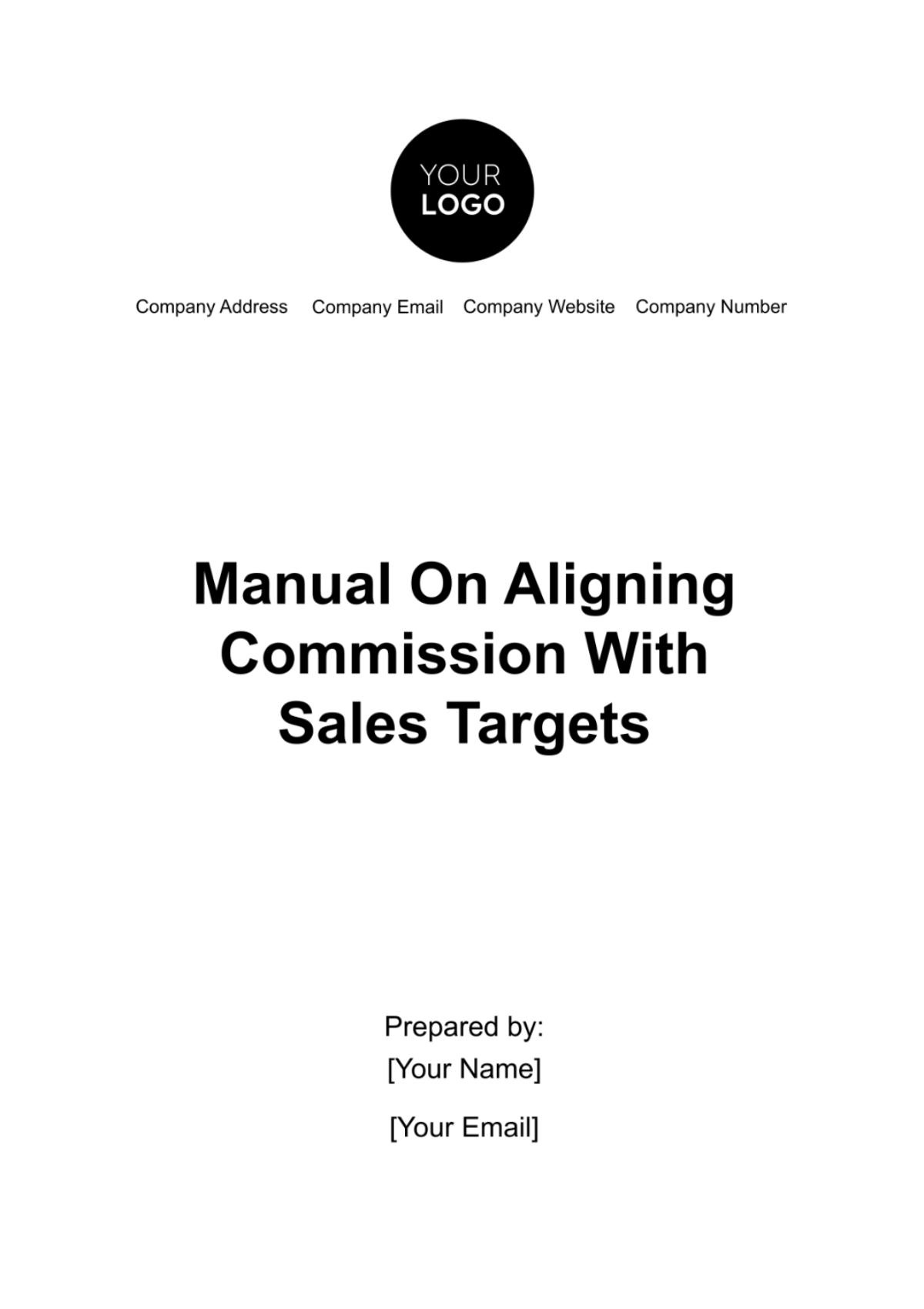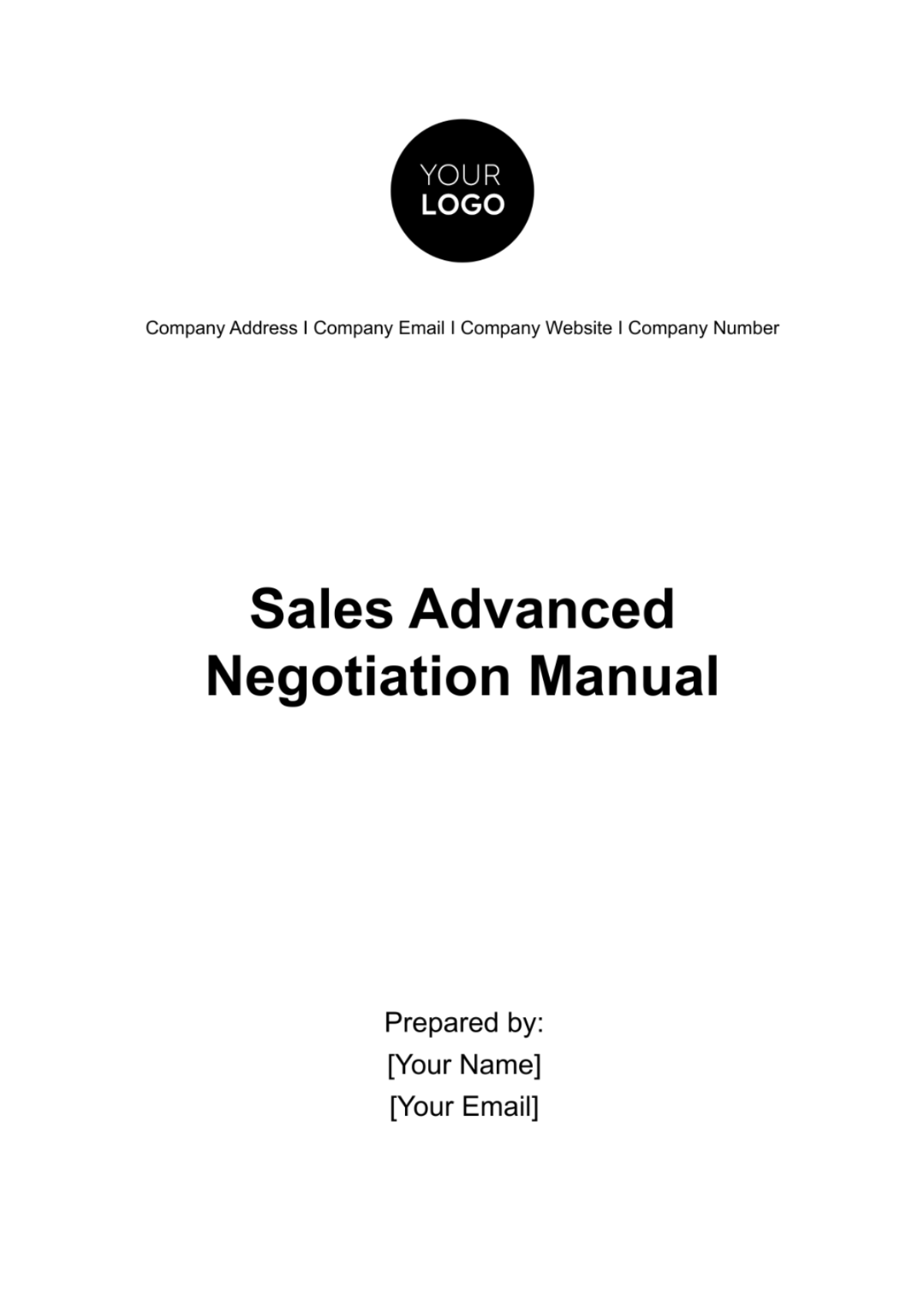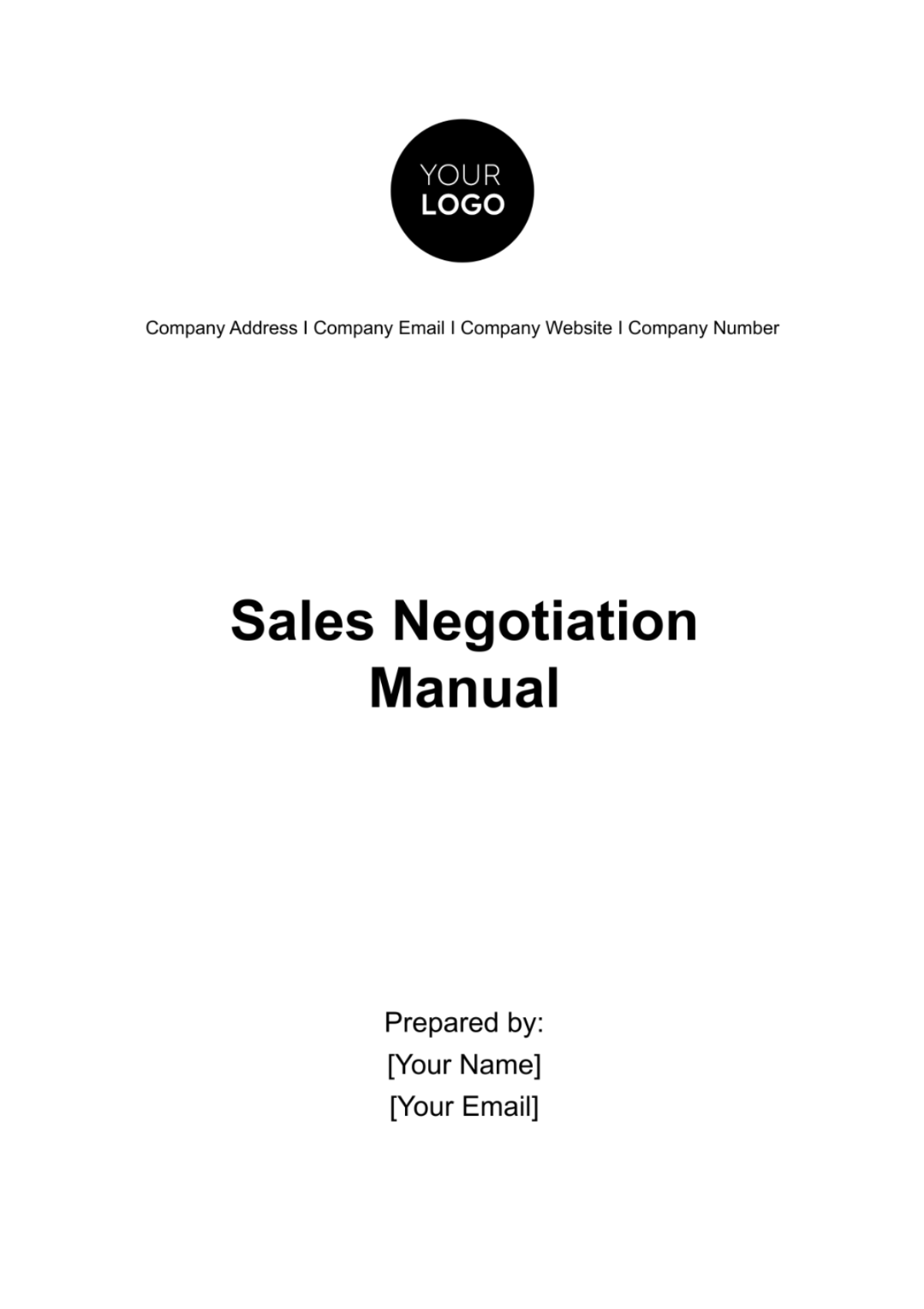Sales Manual on Sharing Reports with Stakeholders
Manual Version: [Version] Date: [Date]
This Sales Manual is your compass to navigate the intricate landscape of sharing reports, where precision and presentation can mean the difference between success and stagnation.
Preparing Your Report
Before you embark on the journey of sharing reports, it's crucial to equip yourself with a well-prepared report that not only conveys data but also tells a compelling story. Consider the following essential elements for report preparation:
Crystal-Clear Objectives: Start by crystallizing the objectives of your report. Clearly define what you intend to achieve through your report and what key messages you want to convey to your stakeholders. Your objectives will be the guiding star throughout the report creation process.
Data Accuracy and Integrity: Your report's foundation is the data within it. Ensure that your data is not just accurate but also up-to-date. Stakeholders rely on your report to make informed decisions, and outdated or erroneous data can lead to misinformed choices. Therefore, prioritize data accuracy, integrity, and relevance to your stakeholders' needs.
Elevate with Visual Presentation: Transform your data from mere numbers into an engaging and understandable narrative. Utilize charts, graphs, and other visual aids to visually represent your data. Visualization not only enhances the comprehension of complex information but also makes your report visually appealing. When stakeholders can grasp the essence of your data at a glance, it fosters better understanding and engagement.
Identifying Stakeholders
Understanding your audience is the cornerstone of effective reporting. It's crucial to identify your stakeholders and segment them into primary, secondary, and tertiary groups, as this will help you tailor your reports to their unique needs and expectations.
Primary Stakeholders: These are the individuals or groups with the most significant influence and vested interest in your reports. They might include senior management, board members, and major investors. For primary stakeholders, focus on providing strategic insights, key performance indicators (KPIs), and the big picture. They need high-level information to make critical decisions.
Secondary Stakeholders: These are parties with a vested interest in your reports but may not have the same level of influence as primary stakeholders. Examples include department heads, project managers, and key team members. Secondary stakeholders require a mix of strategic and operational details. Your reports should offer a balance of strategic insights and tactical information relevant to their areas of responsibility.
Tertiary Stakeholders: Tertiary stakeholders have a more peripheral interest in your reports. They might include external partners, regulatory bodies, or the general public. For tertiary stakeholders, aim to provide a concise, high-level overview. Share information that is relevant to their interests without delving into excessive detail.
Additionally, it's also vital to understand first who our stakeholders are in order to tailor our method of sharing reports. Remember, stakeholders can range from senior managers and investors to employees and clients. Here is a useful table to help identify our stakeholders and their requirements.
Stakeholder | Interest in Report |
|---|---|
Investors | Financial performance, return on investment |
Senior Managers | Overall business operation, sales performance |
Employees | Department performance, growth opportunities, changes in the organisation |
Clients | Service improvements, new products/offerings |
Suppliers | Future plans, payment records |
Choosing the Right Reporting Format
Selecting the appropriate reporting format is a critical step in ensuring effective communication with your stakeholders. It's essential to align the format with your stakeholders' preferences and needs. Here are some versatile options to consider:
Written Reports: Traditional written reports are detailed and comprehensive, offering an in-depth analysis of the data. They are excellent for stakeholders who prefer a deep dive into the information and may need to refer back to the report over time.
Presentations: Presentations are dynamic and engaging, making them ideal for conveying key points quickly. They work well for stakeholders who prefer a more visual and interactive approach, with the ability to ask questions during the presentation.
Dashboards: Dashboards provide real-time access to data, allowing stakeholders to track performance and make decisions on the fly. This format is suitable for stakeholders who require instant access to crucial metrics and like to visualize data trends.
Interactive Online Reports: Interactive online reports offer a rich, immersive experience. Stakeholders can explore the data themselves, select specific elements of interest, and derive insights in real time. This format caters to stakeholders who value interactivity and a self-service approach.
Timing is Everything
Effective report sharing relies on delivering information at the opportune moment. Timing can greatly influence how well your insights are received and acted upon. Consider the following when sharing reports with your stakeholders:
Consistency: Establish a consistent reporting schedule, whether it's weekly, monthly, or quarterly. Consistency helps stakeholders anticipate when to expect updates and sets clear expectations.
Stakeholder Receptivity: Be attuned to your stakeholders' preferences and schedules. Understand when they are most receptive to receiving and reviewing reports. Some may prefer early in the morning, while others may be more responsive in the afternoon.
Special Occasions: Consider aligning certain reports with significant events or milestones, such as product launches, financial reviews, or strategy meetings. These moments create a natural context for your data.
Deadlines: Always meet your reporting deadlines. Timely delivery builds trust and reliability. If a report's timing is affected by unforeseen circumstances, communicate this in advance to manage expectations.
Time Zones: If your stakeholders are in different time zones, factor this into your delivery timing. Aim for a time that accommodates the majority or use scheduling features to send reports at the appropriate local time.
Internal Cycles: Sync your report delivery with your organization's internal cycles, such as the end of the fiscal year or the conclusion of specific projects. This can help stakeholders align report insights with their internal decision-making processes.
Avoid Overload: Be mindful of the frequency of your reports. Too many reports can overwhelm stakeholders, while too few can leave them feeling uninformed. Strike a balance based on your stakeholders' needs.
Buffer for Review: Allow stakeholders time to review reports before critical meetings or discussions. Provide the report in advance, so they can come prepared with questions or insights.
Follow-Up: After sending a report, set up a follow-up meeting to discuss its contents and address any questions or concerns. This reinforces the importance of the information you're sharing.
Feedback Loop: Use timing as an opportunity to gather feedback on your reporting schedule. Regularly ask stakeholders if the current timing meets their needs or if adjustments are required.
Security and Confidentiality
Maintaining the security and confidentiality of your reports is paramount in today's data-driven world. Protecting your data not only safeguards your business but also builds trust with your stakeholders. Here's how to ensure the safety of your sensitive information:
Access Controls: Implement robust access controls to restrict report access to authorized individuals only. Use role-based permissions to ensure that stakeholders only see what's relevant to them. Regularly review and update access permissions to align with organizational changes.
Encryption: Employ state-of-the-art encryption methods to safeguard data both in transit and at rest. Encryption ensures that even if data is intercepted, it remains unintelligible to unauthorized parties. Invest in end-to-end encryption for communication channels and strong encryption for stored data.
Password Protection: Require strong, unique passwords for accessing sensitive reports. Enforce password policies that include regular password changes and two-factor authentication for an additional layer of security.
Data Classification: Categorize your data into different sensitivity levels. Clearly mark and label reports according to their classification. This helps your team understand the importance of each report and treat them accordingly.
Data Retention Policies: Establish and communicate data retention policies. Define how long reports should be retained and when they should be securely disposed of. This not only ensures compliance with legal requirements but also reduces the risk of data breaches.
Regular Auditing: Conduct periodic security audits and assessments. Regularly review and assess your security measures to identify potential vulnerabilities and address them promptly. This proactive approach can prevent security incidents.
Employee Training: Educate your team about the importance of security and confidentiality. Ensure they understand the significance of their role in safeguarding sensitive reports and provide training on best practices and security awareness.
Incident Response Plan: Develop a clear incident response plan in case of a security breach. Quick and effective responses can mitigate potential damage. Stakeholders will appreciate your preparedness in the event of a security incident.
Third-Party Security: If you share reports with external parties or use third-party services, thoroughly assess their security measures and data handling practices. Ensure that they meet your organization's security standards.
Regulatory Compliance: Stay informed about relevant data protection regulations and ensure your security practices align with these requirements. Non-compliance can lead to legal consequences and damage your organization's reputation.
Presentation Matters
When sharing reports, how you present them is as important as the content itself. Use these tips:
Executive Summary: Start with a concise executive summary to provide a quick overview.
Narrative: Explain the data's context and meaning, highlighting key takeaways.
Visuals: Include visual elements to make complex data more digestible.
Feedback and Follow-up
Sharing reports with your stakeholders is not a one-way street; it's an opportunity for dynamic collaboration and continuous improvement. To truly harness the power of your reports, it's crucial to encourage feedback and establish a follow-up process that drives results.
The Power of Feedback
Feedback is a valuable asset in the journey of organizational growth. It helps you understand how your stakeholders perceive the data and insights you provide, allowing you to tailor future reports and strategies accordingly. Here are some key practices:
Open Communication: Foster an atmosphere where stakeholders feel comfortable sharing their thoughts and concerns.
Constructive Criticism: Encourage stakeholders to provide constructive feedback that identifies both strengths and areas for improvement.
Regular Surveys: Consider utilizing periodic surveys to gauge satisfaction and pinpoint specific areas for enhancement.
Follow-Up Meetings: Turning Insights into Action
After sharing reports, the journey doesn't end; it transforms into a collaborative process. Schedule follow-up meetings with your stakeholders to:
Address Questions: Provide a platform for stakeholders to seek clarifications and further insights on the report's content.
Discuss Action Plans: Collaboratively define actionable steps based on the report's findings.
Set Milestones: Establish clear, measurable objectives and timelines to ensure progress.
Celebrate Successes: Acknowledge and celebrate achievements, reinforcing the value of data-driven decision-making.
Continuous Improvement: The Key to Success
In the ever-evolving business landscape, staying stagnant is not an option. The feedback you gather and the actions you take in follow-up meetings should be catalysts for improvement. By consistently seeking ways to enhance your reports and processes, you demonstrate a commitment to excellence.
Your Role as the Facilitator
As the point of contact for sharing reports, you play a critical role in nurturing this culture of collaboration and excellence. Act as a facilitator, ensuring that feedback is collected, analyzed, and incorporated into future reports. Be proactive in scheduling follow-up meetings and driving discussions toward actionable solutions.
Leveraging Technology
Consider using technology to enhance the reporting process. Tools like data analytics software, reporting platforms, and collaboration tools can streamline report creation and distribution.

